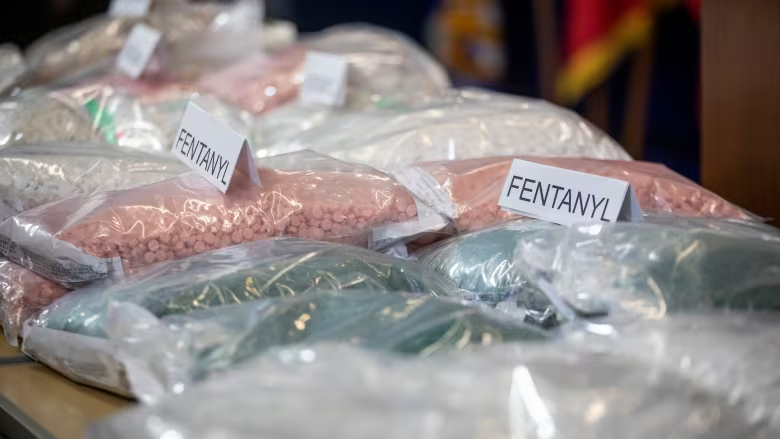Rise in Domestic Fentanyl Production Shifts Market Dynamics in Canada
Subtitle: Criminal networks move from imports to local manufacturing as street prices drop.
Organized crime groups have shifted their efforts away from importing the deadly synthetic opioid fentanyl and are now producing it primarily on Canadian soil.
A briefing note prepared for Health Canada highlights changes observed in the illegal market for the drug. “Superlab interdictions across B.C., Ontario, and Alberta suggest that domestic supply is more than sufficient to supply the domestic market,” the note states.
Domestic Production and Impact
The Public Health Agency of Canada estimates that approximately 44,600 Canadians died of toxic drug overdoses between 2016 and 2023. In 2023, fentanyl was involved in four out of every five overdose deaths recorded in the country.
“The fentanyl threat in Canada has definitely shifted from one of importation to one of domestic production,” said an inspector from the RCMP’s organized crime unit.
This shift began around 2019, following China’s classification of fentanyl as a controlled substance, which increased regulations on its production and export. The COVID-19 pandemic further accelerated organized crime’s switch to domestic production due to importation challenges.
Law Enforcement Observations
Drug seizure data reflects this trend. In 2018, border authorities seized more than five kilograms of fentanyl entering Canada. Last year, they intercepted less than a kilogram. This drop coincides with reports of organized crime groups turning to domestic and international suppliers for chemical precursors to manufacture fentanyl locally.
Detective Matthew Dugdale from the Hamilton Police Service explained that organized crime groups adapted during the pandemic by finding ways to produce fentanyl locally. “They weren’t going to let the pandemic stop them from selling their product,” Dugdale said.
Legal and Illegal Chemical Procurement
The Criminal Intelligence Service Canada reported that organized crime groups now purchase chemical precursors, which are mostly unregulated, to produce fentanyl domestically. Some of these chemicals are imported legally but can be diverted into the illicit market.
An RCMP inspector noted that law enforcement is focused on working with the chemical industry to prevent such diversions. “Many chemical companies may not fully understand where their products end up,” he said.
Market Saturation and Export
The street price of fentanyl has dropped by as much as 30 percent since the pandemic, suggesting an oversupply in the market. Excess product is believed to be exported to international markets. Recently, Australian and U.S. border officials seized fentanyl believed to have originated from Canada.
Emerging Drug Threats
Beyond fentanyl, other illicit opioids such as xylazine and nitazene are starting to appear in Canada. These emerging products present new challenges for law enforcement and public health officials as they continue to address the opioid crisis.

